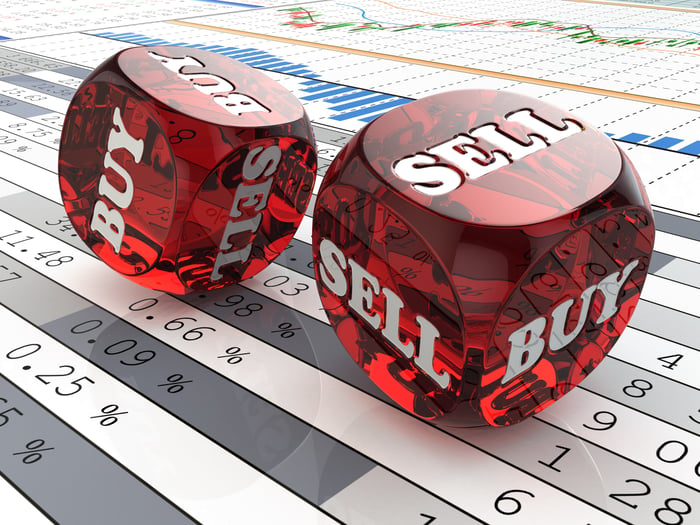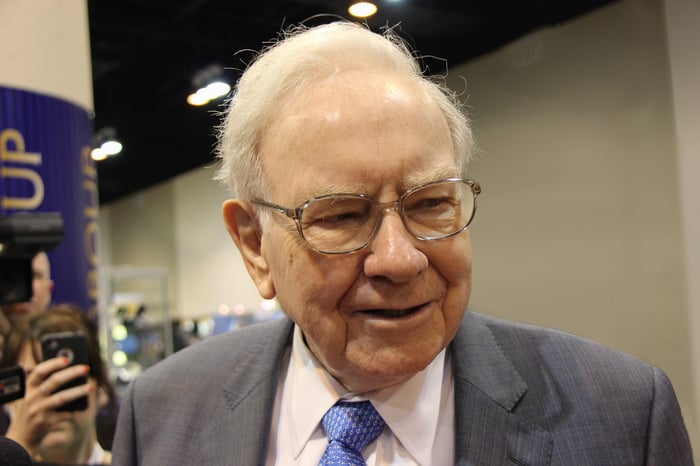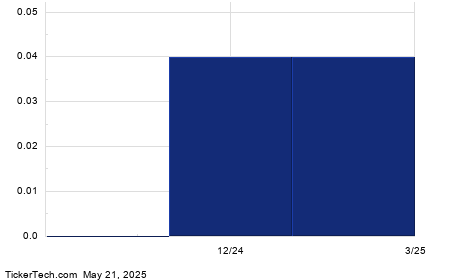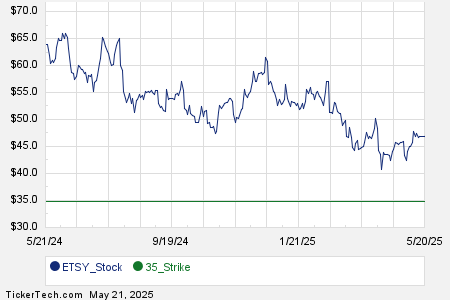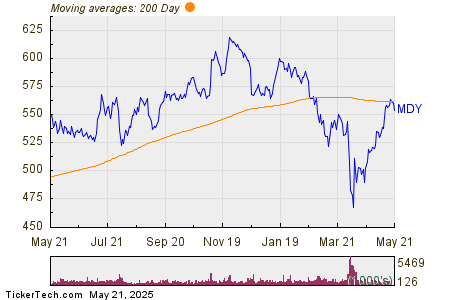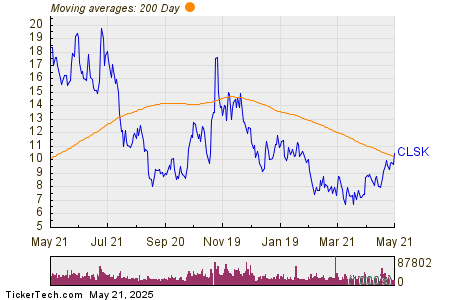Hedge Fund Managers Shift Positions in Amazon and Tesla
Amazon (NASDAQ: AMZN) and Tesla (NASDAQ: TSLA) significantly outperformed the S&P 500 (SNPINDEX: ^GSPC) last year. However, key billionaire hedge fund managers made contrasting moves in the first quarter of this year, buying one stock and selling the other.
- Israel Englander of Millennium Management increased his investment in Amazon, acquiring 229,253 shares, a 5% rise, making it his fourth-largest non-options holding. He also sold 855,104 shares of Tesla, decreasing his stake by 43%.
- Philippe Laffont of Coatue Management purchased 83,599 shares of Amazon, raising his stake by 1% and making it his second-largest position. He similarly sold 531,754 shares of Tesla, reducing his holding by 24%.
These trades occurred in the first quarter, concluding roughly 50 days ago. Most analysts on Wall Street still suggest that investors should buy Amazon while avoiding Tesla, as indicated by the following target prices:
- Amazon’s median target price stands at $237 per share, suggesting a 15% upside from its current price of $206.
- Tesla’s median target price is $307 per share, implying a 10% downside from its current price of $342.
Here’s what investors should note about Amazon and Tesla.

Image source: Getty Images.
Amazon: The Stock Gaining Favor Among Investors
Amazon’s first-quarter results revealed revenue growth of 9% to $155 billion, with net income surging by 62%, reaching $1.59 per diluted share. Nonetheless, management has provided cautious guidance due to ongoing challenges. The second-quarter operating income is expected to range between $13 billion and $17.5 billion, reflecting potential growth from negative 11% to positive 19%. Wall Street had anticipated an operating income of $17.6 billion.
The investment case for Amazon is straightforward: it holds a strong position in three expanding sectors. It is the largest online marketplace outside of China, ranks third in global ad tech, and leads the cloud computing market through Amazon Web Services (AWS) based on spending for infrastructure and platform services.
Moreover, Amazon is leveraging artificial intelligence (AI) to enhance revenue and profit margins across its portfolio. The company is developing around 1,000 generative AI applications aimed at optimizing various retail functions, from customer service to backend coding. AWS has also created custom chips for AI training, offering 30% to 40% better price performance than leading graphics processing units (GPUs).
However, investors should consider risks such as tariffs, particularly concerning China. According to Brian Nowak at Morgan Stanley, approximately 60% of third-party sellers have connections to China, making them a substantial source of advertising revenue. Nevertheless, Nowak believes Amazon’s extensive global supplier network will help it maintain a competitive edge on pricing.
Analysts expect Amazon’s earnings to grow 10% annually through 2026. Although the current valuation stands at 33 times earnings, which seems high, Amazon has consistently exceeded consensus estimates by 21% over the past six quarters. This trend may continue if the U.S. economy manages to avert a recession stemmed from tariffs, allowing investors to build small positions at this time.
Tesla: The Stock Facing Declining Demand
Tesla has experienced a notable decline in demand across its major markets. In the first quarter, its market share fell nearly 10% in the U.S. and Europe, and dropped over 3% in China. Contributing factors include an aging lineup of higher-priced electric vehicles and CEO Elon Musk’s polarizing comments, which have alienated some consumers.
The investment rationale for Tesla is twofold. First, demand may rebound as Musk reassigns his focus from government discussions back to Tesla. Furthermore, the company plans to introduce more affordable models in late 2025, and lower prices could attract buyers.
The second aspect lies in Tesla’s substantial potential in autonomous vehicles and robotics. The company plans to launch its first self-driving ride-sharing service in Austin, Texas, this June, with aspirations to expand to more cities throughout the year, as stated by Musk. According to Dan Ives at Wedbush Securities, robotaxis could represent a trillion-dollar market opportunity for the company.
Additionally, Tesla is developing humanoid robots to tap what Musk envisions as a $10 trillion market. He claims the company has the leading team of humanoid robotics engineers and the most advanced humanoid robot globally. This year, Tesla aims to have thousands of robots operating in its factories, with commercialization efforts expected to begin next year.
Wall Street anticipates Tesla’s earnings to rise by 14% annually through 2026, which makes its current valuation of 150 times earnings appear excessively high. Furthermore, the consensus estimate has dropped sharply over the last 90 days, suggesting analysts foresee tariffs on imported auto parts as a considerable issue.
However, some analysts argue that the possible acceleration in earnings due to the monetization of robotaxis and robots is not fully reflected in current market consensus. This longer-term perspective may not resonate with hedge fund managers like Englander and Laffont, who often focus on short-term triggers, thus explaining their decision to sell. However, investors with confidence in Musk’s vision might consider holding onto the stock.
Final Insights on Investment Opportunities
The views and opinions expressed herein are those of the author and do not necessarily reflect those of Nasdaq, Inc.
